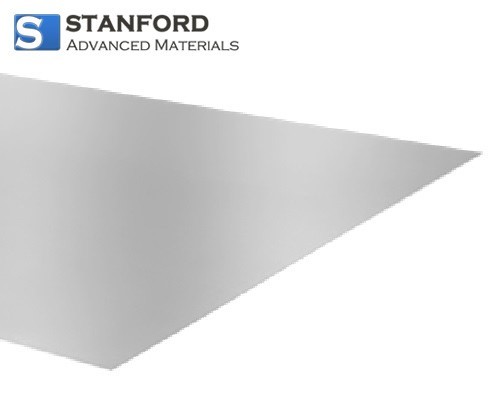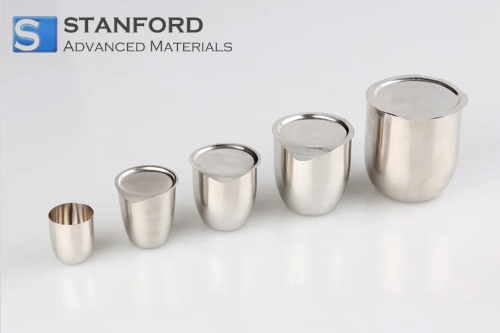Case Study: Utilizing Grade 2 Titanium Rolls in Sports Equipment
Introduction
Titanium, known for its exceptional strength-to-weight ratio and corrosion resistance, has found a significant place in various industries, including aerospace, medical, and most importantly, sports equipment manufacturing. In this case study, we will explore the use of Grade 2 Titanium Rolls in the development of high-performance sports equipment.

Figure 1. Sports Goods
Understanding Grade 2 Titanium Rolls
Grade 2 titanium, also known as commercially pure titanium, is represented by TM3367. It is one of the most commonly used grades of titanium due to its excellent corrosion resistance, formability, and weldability. Grade 2 Titanium is primarily composed of pure titanium with trace amounts of other elements, such as oxygen and iron, which impart specific mechanical properties to it.

Figure 2. TM3367 Grade 2 Titanium Rolls
Applications of Grade 2 Titanium Rolls Used in Sports Equipment
When it comes to sports equipment, Grade 2 Titanium plays a crucial role in various ways:
1. Fasteners and Components: Grade 2 can be used for fasteners, such as bolts and screws, in sports equipment. It provides excellent corrosion resistance, which is beneficial for equipment used in outdoor or wet conditions.
2. Small Components: It is suitable for smaller components like hinges, brackets, or clips in sports gear where corrosion resistance and lightweight properties are desirable.
3. Clubs and Racquets: In some cases, titanium alloys (not necessarily Grade 2) can be used in the construction of golf club heads, tennis racquets, or other similar items to provide a balance of strength, durability, and weight savings.
4. Protective Gear: Titanium or titanium alloys may be used in protective gear, such as helmets and face masks for certain sports. These materials can provide strength and impact resistance while remaining lightweight.
5. Accessories: Titanium is often used for accessories associated with sports equipment, such as watchbands, keychains, and even specialized toolkits for maintaining gear.
6. Custom Applications: Some high-end or custom sports equipment manufacturers may use Grade 2 Titanium for specialized applications, taking advantage of its unique properties.
It's important to note that while Grade 2 Titanium offers excellent corrosion resistance and is relatively lightweight, it is not as strong as some other titanium alloys like Grade 5 (Ti-6Al-4V). Therefore, its use in sports equipment tends to be limited to non-structural components or in specialized cases where its specific properties are advantageous.
Always consult with a materials engineer or designer to determine the most suitable material for your specific sports equipment application, taking into consideration factors like strength, weight, and corrosion resistance.
Conclusion
In summary, Grade 2 Titanium continues to be a valuable player in the realm of sports equipment, including fasteners, small components, racquets, etc. In custom applications, Grade 2 Titanium finds a place among high-end manufacturers, where its unique qualities can be harnessed to craft specialized sporting equipment. As sports equipment design evolves, Grade 2 Titanium remains a reliable choice, continually contributing to the advancement and innovation within the sports industry.
Stanford Advanced Materials (SAM) has rich experience in the manufacture of Grade 2 Titanium Rolls. Send us an inquiry if you are interested.



